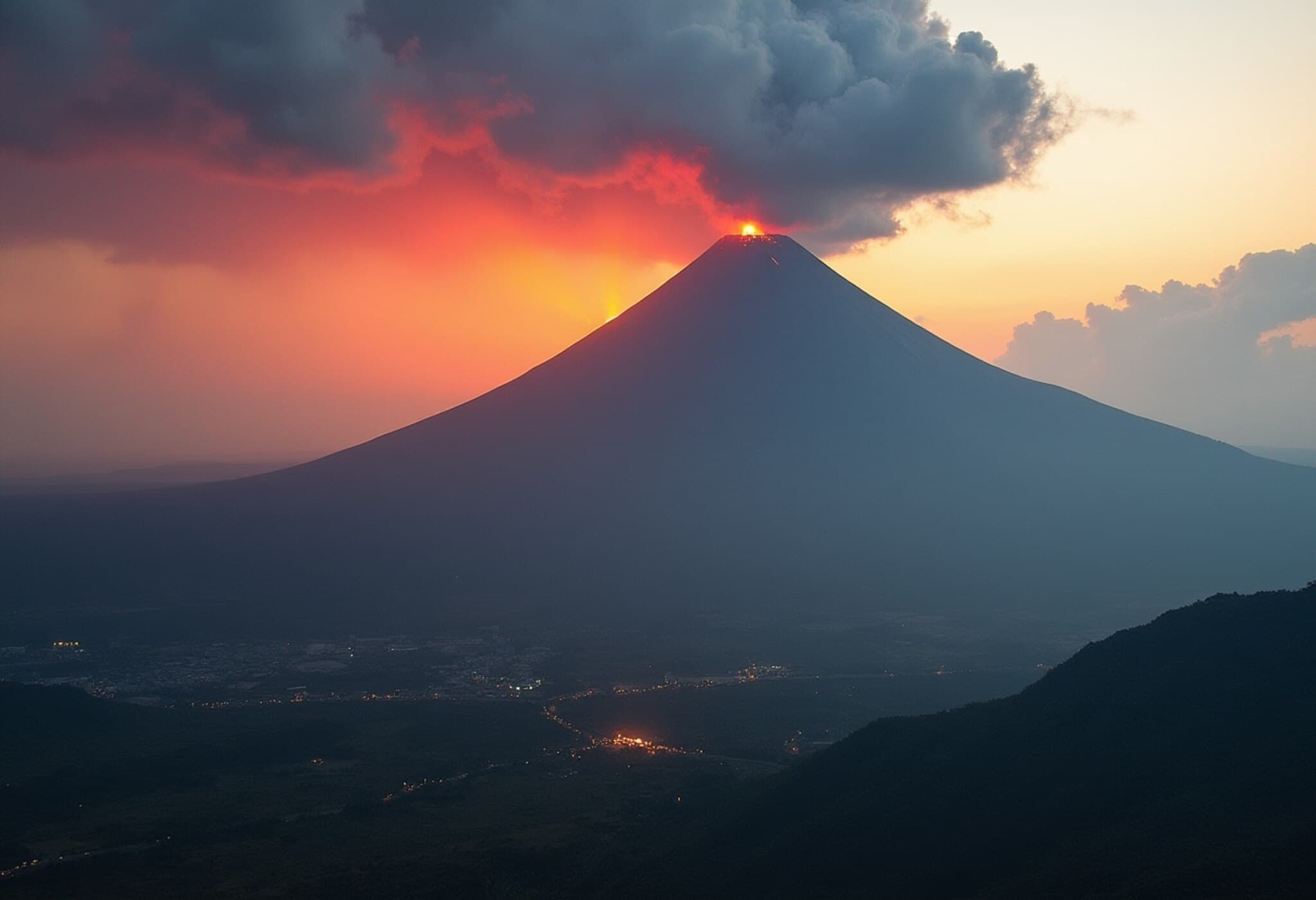The Haunting Allure of Abandoned Places: From Derelict to Destination
There’s an undeniable intrigue in exploring places abandoned by time — eerie, yet captivating. Scattered across the globe, deserted towns, ships, and structures once forgotten have found new life as compelling tourist spots, offering visitors a window into history’s silent chapters. From sandy deserts in Namibia to icy lakes in Italy, abandoned sites evoke a profound mix of melancholy and marvel.
Top 16 Abandoned Places Now Draw Visitors Worldwide
The Maunsell Sea Forts, England
Perched off the coast in the Thames Estuary, these World War II-era metal fortifications were built in 1942 to thwart enemy air raids targeting London. Though decommissioned in the 1950s, the remnants of seven towers connected by steel walkways remain a striking maritime relic. Today, boat tours draw fascinated visitors, though safety concerns limit access inside the structures themselves. These forts symbolize Britain’s blend of wartime resilience and industrial ingenuity.
SS Ayrfield Shipwreck, Sydney, Australia
The SS Ayrfield, once a steadfast supply ship for U.S. forces during WWII, now rests in quiet splendor in Sydney Harbour. After decades of service transporting coal, it was decommissioned and abandoned. Over time, nature reclaimed the vessel: mangrove trees sprouted through its rusting hull, creating a surreal floating forest. Accessible only by private boat, this shipwreck has become an emblem of nature’s resilience and a unique eco-tourist attraction.
Poveglia Island, Venice, Italy
Often dubbed one of the world’s most haunted locations, Poveglia Island sits between Venice and Lido. Its grim history as a quarantine station during plague outbreaks and later as a psychiatric hospital imparts a chilling aura. Closed to the public for decades, it sparks curiosity and ghost stories, embodying the layers of human suffering and abandonment in Italy’s rich historical tapestry.
Rubjerg Knude Lighthouse, Denmark
Navigating the relentless North Sea, the Rubjerg Knude Lighthouse was first lit in 1900 but abandoned by 1968 due to encroaching sand and coastal erosion. Originally a museum and café, threats from natural forces compelled a remarkable 2019 relocation—moving the lighthouse 230 feet inland. Now safely preserved for decades to come, it draws around 250,000 visitors annually, highlighting innovative heritage conservation.
Tianducheng, China – The Paris of the East
Spanning over 5,000 miles from Paris, Tianducheng embodies an ambitious urban replica, featuring its own Eiffel Tower, Arc de Triomphe, and Champs-Élysées. Despite its grandeur, much of the development remains uninhabited — a cautionary tale of rapid real estate expansion in modern China. Yet, it’s become an intriguing tourist destination documenting cultural imitation and economic excess amid China’s burgeoning urban landscapes.
Kolmanskop, Namibia
Once a prosperous diamond mining town in the Namib Desert, Kolmanskop was abandoned by 1956 after resources depleted. Desert sands gradually swallowed homes and halls, creating a ghostly spectacle. Reopened as a private tourist site in 2002, it now attracts roughly 35,000 visitors yearly. The site poignantly illustrates nature reclaiming industry and highlights Namibia’s mining heritage with an atmospheric lens.
Beelitz-Heilstätten Hospital, Germany
With a century-long history treating soldiers during both World Wars, Beelitz-Heilstätten was once Europe’s largest lung disease hospital. Abandoned after the Soviet military departure in 1995, its crumbling corridors tell haunting stories. Exploration of this vast complex offers insights into medical advances, war scars, and Cold War geopolitics layered in German history.
Rummu Prison, Estonia
Near the town of Rummu, the Soviet-era prison and adjacent quarry now form an unusual aquatic playground. Flooded quarries submerged parts of the camp, transforming the area into a diver’s paradise rich with sunken ruins. It’s a vivid reminder of Estonia’s post-Soviet transformation and nature’s reclamation over human conflict.
Klein Curaçao, Caribbean
A tiny uninhabited island off Curaçao’s coast, Klein Curaçao is a snorkeler’s paradise. Its abandoned lighthouse acts as a relic of past human presence, contrasting with vibrant coral reefs and white-sand beaches. Accessible only by boat, it offers a tranquil getaway steeped in Caribbean natural beauty and subtle historical echoes.
Lake Reschen Bell Tower, Italy
Situated in a flooded valley in northern Italy, the 14th-century bell tower of a submerged village dramatically emerges during winter’s freeze. Curon’s flooding in 1950 to create a reservoir led to this inexplicable monument protruding from the lake’s surface — an evocative symbol of sacrifice and powerful infrastructure ambitions.
Teufelsberg, Berlin, Germany
A Cold War relic, Teufelsberg once housed radar domes that intercepted Soviet communications. Post-espionage, it served air traffic control before becoming publicly accessible. Its graffiti-covered ruins attract tourists and artists alike, embodying Berlin’s history of division, surveillance, and now, creative renaissance.
Craco, Italy
Perched atop a Basilicata cliff, the ghost town of Craco was abandoned after floods and earthquakes devastated it in the 20th century. With medieval architecture still standing, it’s a cinematic backdrop and a poignant monument to human displacement and resilience against natural disasters.
Bannerman Castle, New York, USA
Located on Pollepel Island in the Hudson River, Bannerman Castle was built to store munitions but was abandoned after catastrophic explosions. Restored by a trust since the 1990s, it now welcomes visitors for tours, offering a unique glimpse into early 20th century militarization and American industrial heritage.
Hashima Island, Japan
Also known as Gunkanjima (Battleship Island), this offshore coal mining island once housed a thriving community with schools, shops, and hospitals. Deserted when coal ran out, it was declared a UNESCO World Heritage Site in 2015, symbolizing Japan’s rapid industrialization and subsequent decline in certain sectors.
Great Train Graveyard, Bolivia
Near Uyuni, Bolivia’s railway hub turned graveyard holds over 100 rusted train cars abandoned in the 19th century. It’s a poignant reminder of unrealized ambitions in South American infrastructure, now a curious site for tourists to explore history’s forgotten gears.
Kloster Allerheiligen, Black Forest, Germany
Nestled in Germany’s Black Forest, the ruins of the Monastery of All Saints bear the scars of multiple fires and lightning strikes. Once a pilgrimage site, it now stands preserved by enthusiasts, representing medieval spirituality and architectural endurance.
Why Abandoned Places Captivate Us
Beyond their eerie charm, these sites provoke reflection on impermanence, the intersection of human ambition with nature, and the stories etched in silence. Tourism to abandoned places fuels local economies but also raises questions about preservation, accessibility, and respecting the histories embedded in decay.
Expert Insight: A Balancing Act of Preservation and Access
From a policy perspective, managing abandoned sites is complex. While opening them for tourism promotes cultural heritage and economic benefit, it risks damage or trivialization. Experts advocate for sustainable tourism models that preserve structural integrity and honor historical narratives, especially in vulnerable locales like Poveglia or Kolmanskop.
Editor’s Note
Abandoned places are far from forgotten; they echo with history, nature’s reclaiming force, and the poignant tales of human endeavor. Exploring them steps beyond voyeurism, inviting deeper engagement with heritage preservation and cultural memory. As travelers, balancing curiosity with respect remains paramount—ensuring these haunting treasures endure for generations to come.











